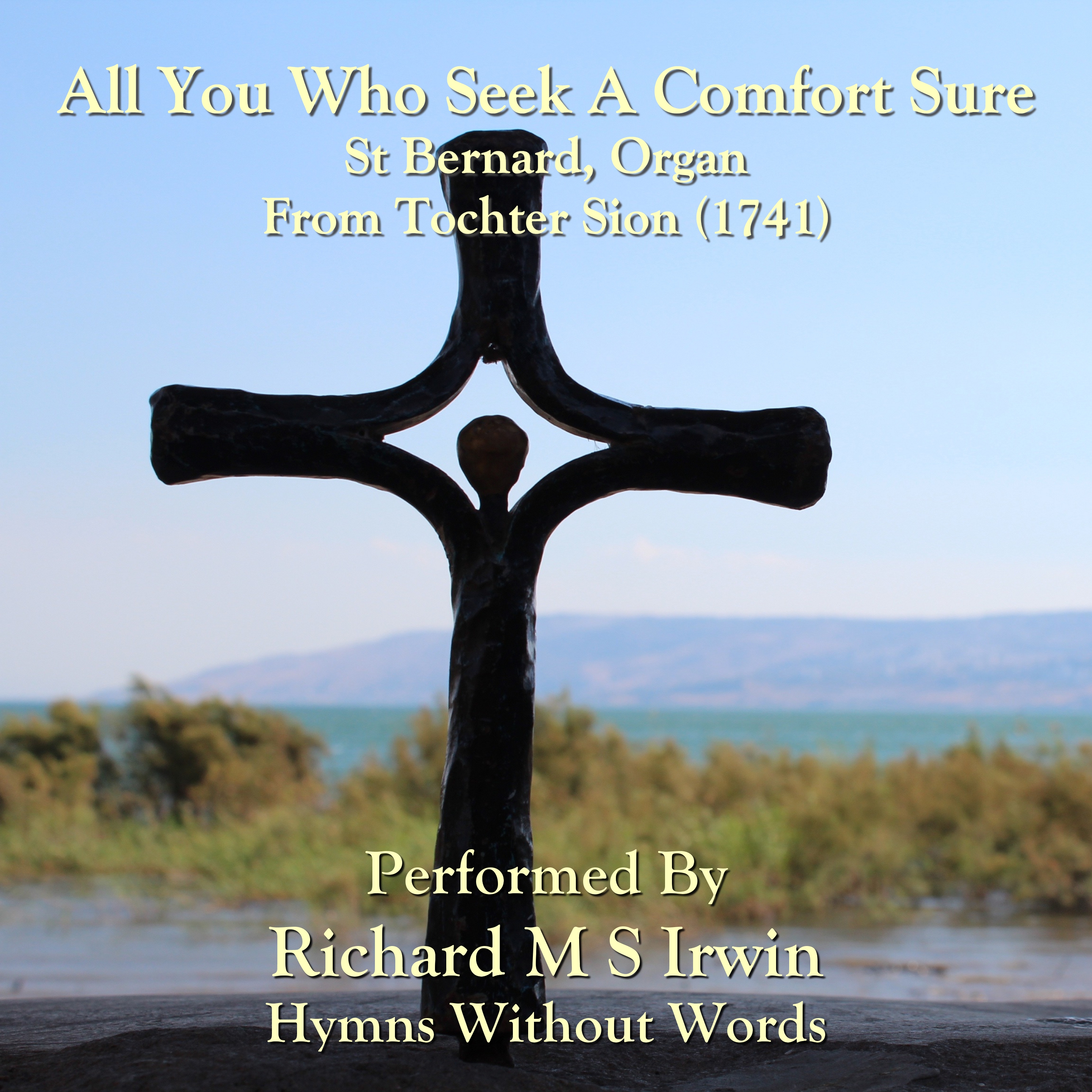
If the organ has a tuba stop, then this will often be used with the pedalboard, as it provides the loudest bass notes on the organ, and reed organs are also useful (if available). They will usually pull out stops that emphasise the baseline, or that are particularly loud, rich or harsh sounding. This opens with the organ playing the melody in unison at three pitches (each an octave apart the lowest played on the pedalboard), which is another popular technique of last verse harmonisation.Įxperienced organists will usually vary their use of stops throughout a hymn tune, but most change them for the last verse. A notable example is the harmonisation of the seventh verse of the famous hymn tune " Adeste Fideles", as published in " Carols for Choirs" by Sir David Willcocks. Occasionally the harmony will differ entirely from the standard arrangement in places, giving the melody completely different effect.

Often there are more notes in each chord-often five or more as opposed to four or fewer in the SATB arrangement. Typically it will include lower or more profound bass notes, which will almost certainly be played on the pedalboard. Usually the organ accompaniment to the last verse of a hymn tune will be heavier (in musical terms) than the standard harmony. When a descant is sung, the organist must either keep to the original harmony, or use an alternative one that has been written specifically for use in conjunction with the descant, as the melody of the descant may not sound right with other harmonies. More experienced organists with a greater understanding of harmony will usually improvise the last verse, whereas beginners are likely to use harmonisations that have either been included in the hymnal, or published in a collection of harmonisations. Organists recommend it as a technique which encourages the congregation to sing.

The purpose of last verse harmonisation is to add interest, variation and excitement to a hymn tune. If the congregation is led by a choir, then the choir will usually sing in unison during the last verse, as opposed to in parts (usually SATB) for the other verses, and the trebles ( boy sopranos) or sopranos (or occasionally tenors) may sing a descant. As the name suggests, this is a practice whereby the last verse of a hymn tune will be accompanied on the organ with an alternative harmony supporting the melody, which remains unchanged.

Last verse harmonisation is a technique of hymn accompaniment used by church organists.


 0 kommentar(er)
0 kommentar(er)
